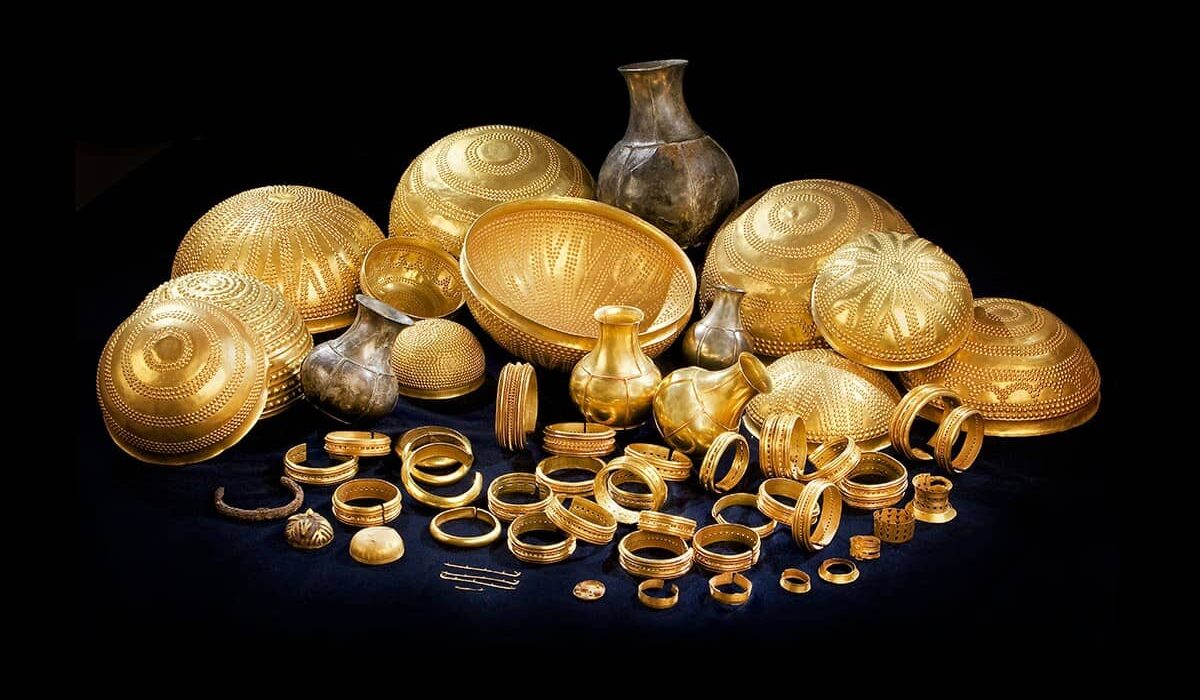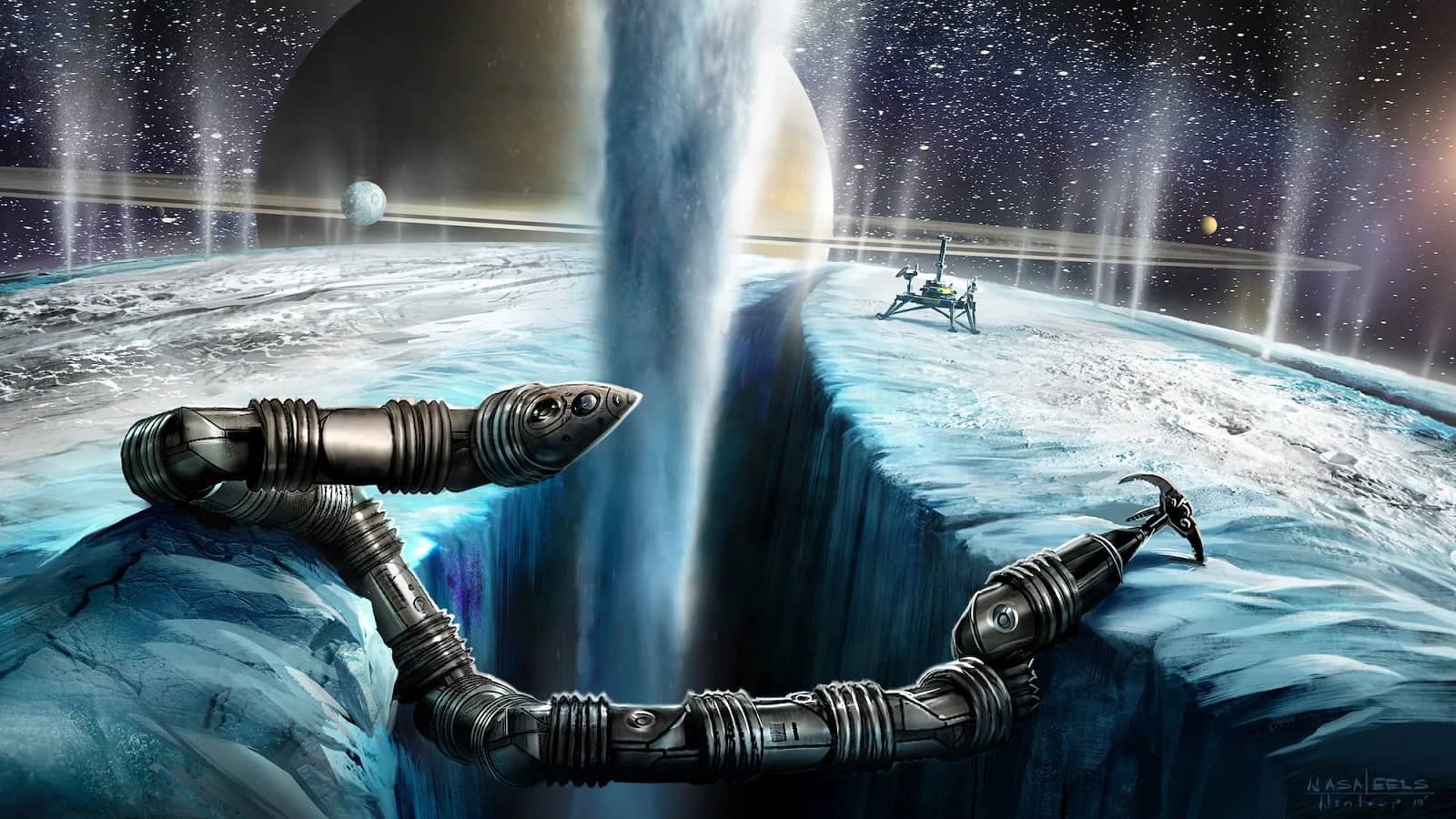In a revelation that adds a touch of cosmic intrigue to ancient history, Spanish researchers have uncovered evidence that two iron artifacts from a hoard of precious treasure, dating back to the Late Bronze Age, contain iron from meteorites estimated to be around 1 million years old.
These findings, detailed in a paper published in the journal Trabajos de Prehistoria, bring forth the chemical composition of a fragment that appears to be part of an iron bracelet or ring, along with half of a hollow iron sphere adorned with delicate gold filigree. Discovered within the Villena Treasure, a cache dating around 3,000 years, these artifacts have been a source of fascination for researchers, not only due to their precious nature but also their puzzling chronology.
Crafted during a time “before the production of terrestrial iron started,” according to the researchers, these artifacts have long raised questions about their origin. To unravel this mystery, the pieces underwent detailed analysis using a spectrometer, first in Spain and then in Germany. The results strongly suggested that the iron in these artifacts came from space.
Remarkably, the chemical composition of both artifacts is so similar that they might have originated from the same meteorite, as explained by senior author Ignacio Montero Ruiz from Spain’s Institute of History.
While the use of iron from meteorites in ancient times is not entirely unheard of, the latest findings could provide new insights into metallurgical practices during the Bronze Age. This revelation challenges the existing understanding of iron technology during that era, distinct from copper-based metallurgy and noble metals like gold and silver.
Montero Ruiz highlighted the significance of this discovery, stating, “People who started to work with meteoritic iron and later with terrestrial iron must [have had to] innovate and develop new technology.”





